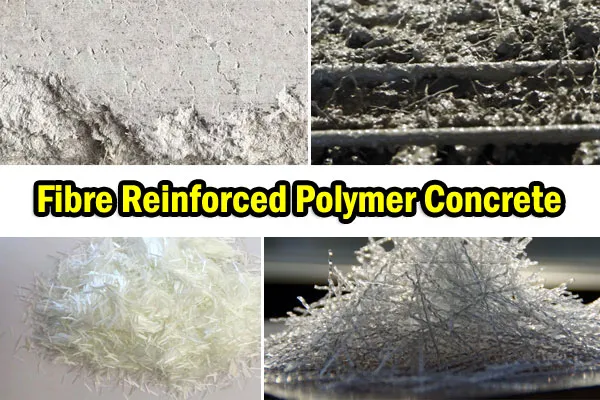Discover how concrete fiber reinforcement enhances the strength and durability of concrete structures. This article provides an overview of the importance of concrete fiber reinforcement and explores different types and their benefits.
Learn how fibers, such as steel, synthetic, and glass, improve the tensile strength, crack resistance, and impact resistance of concrete. Explore real-world examples of applications, including roads, bridges, and buildings.
By incorporating concrete fiber reinforcement, engineers can create more robust and long-lasting structures, ensuring safety and longevity.
Concrete Fiber Reinforcement: Strength and Durability
Concrete fiber reinforcement plays a crucial role in enhancing the strength and durability of concrete structures.
In this article, we will delve into the importance of concrete fiber reinforcement, the types available, and the numerous benefits they offer for construction projects.

Understanding the Importance of Concrete Fiber Reinforcement:
Concrete fiber reinforcement is essential for improving the performance of concrete structures. Fibers, such as steel, synthetic, or glass, are added to the concrete mix to enhance its tensile strength and crack resistance.
By effectively distributing internal stresses, fiber reinforcement prevents crack propagation, increasing the structural integrity and durability of concrete. Additionally, these fibers improve impact resistance, reducing the risk of damage from heavy loads or seismic activity.
Types and Benefits of Concrete Fiber Reinforcement:
Concrete fiber reinforcement comes in various types, including steel, synthetic, and glass fibers. Steel fibers provide excellent tensile strength and flexural capacity, making them suitable for industrial floors, tunnel linings, and precast elements.
Synthetic fibers, such as polypropylene or nylon, enhance the crack resistance and durability of concrete in applications like residential driveways and sidewalks. Glass fibers offer high tensile strength and corrosion resistance, commonly used in architectural panels and thin-section elements.
Example:
For instance, in the construction of a bridge, concrete fiber reinforcement plays a critical role in ensuring its strength and longevity. Steel fibers are often added to the concrete mixture to enhance its tensile strength, allowing the bridge to withstand heavy loads and environmental stresses.
The fiber reinforcement also improves crack resistance, preventing the formation and propagation of cracks caused by temperature changes and traffic loads. By incorporating concrete fiber reinforcement, engineers can create durable and reliable structures that withstand the test of time.

Conclusion:
Concrete fiber reinforcement is a vital component in enhancing the strength and durability of concrete structures. By adding fibers, such as steel, synthetic, or glass, to the concrete mix, the tensile strength, crack resistance, and impact resistance are significantly improved.
The incorporation of concrete fiber reinforcement in various applications, from roads and bridges to buildings, ensures the longevity and safety of structures. Engineers can rely on this technology to create robust and long-lasting constructions that withstand environmental and load-induced stresses.
In conclusion, concrete fiber reinforcement plays a crucial role in enhancing the strength and durability of concrete structures. The different types of fibers and their benefits enable engineers to tailor the reinforcement to specific project requirements.
With improved tensile strength, crack resistance, and impact resistance, concrete structures can withstand heavy loads and environmental stresses, ensuring their longevity and safety.